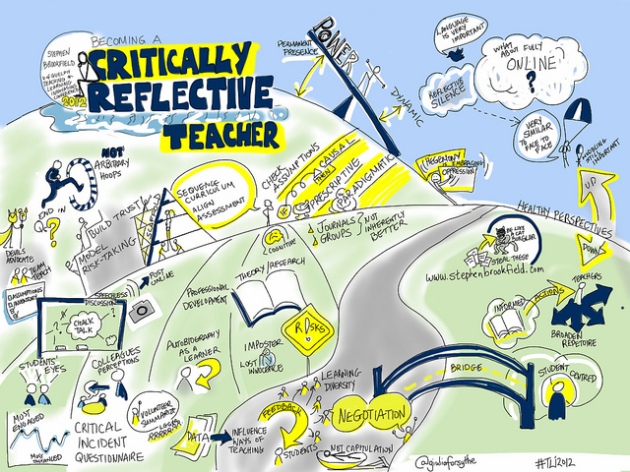In thinking about some of the external factors which are likely to impact and increase demand for Educational and Curriculum Development at the University of Guelph, the following five came quickly to mind. All of the factors below will impact areas that are core to the expertise, services and support areas that we provide including: curriculum development, review and learning outcomes assessment; faculty and instructional development; evidenced-based classroom practice and research (e.g. student-centred and experiential learning); support for the use of educational technology; and universal instructional design. What other factors would you add to this list?
- Internationally, quality assurance processes and pressures for public accountability for academic programs have been increasing. The Council of Ontario Universities’ Quality Assurance Framework (2010) requires each institution to develop and implement an Institutional Quality Assurance Process (IQAP). The IQAPs are core to quality assurance and continuous improvement, and ensure that all programs are consistent with their Institution’s Degree Level Expectations (e.g. University of Guelph 2012 Senate-approved Learning Outcomes). The IQAP process has placed an increased focus on program-level curriculum review and development.
- PSE is one of the Ontario Government’s highest priority areas. This Government has committed to creating an addition 60,000 spaces in the PSE system and to ensuring that 70% of the population attains post-secondary credentials, while at the same time seeking to improve productivity through innovation and quality in our teaching and learning environments.
- In its discussion paper, Strengthening Ontario’s Centres of Creativity, Innovation and Knowledge, The Ministry of Training, Colleges and Universities (MTCU) has called for transformation in the PSE system, with a clear focus on accountability and quality assurance, learning outcomes assessment, on-line/technology enabled learning, experiential learning, employability, acceleration of knowledge creation (e.g. 3 yr. undergrad baccalaureate degrees) and student transferability/mobility (of credits within the system and credentials across systems).
- The 2012 Auditor General’s Report evaluated University Undergraduate Teaching Quality, recommending: improved evaluations of courses and teaching; tenure and promotion processes that reflect the importance of teaching; greater participation in teaching development activities for all faculty; and, measuring the impact of various teaching resources (e.g. class size) on teaching quality and learning outcomes.
- The Provincial government has committed to ensuring accessibility for all learners through the Integrated Accessibility Standards Regulation and the AODA, placing increased importance on the practices and principles embedded in Universal Instructional Design (UID).










